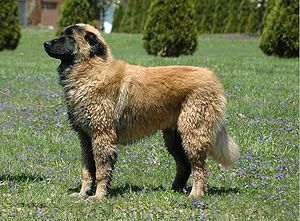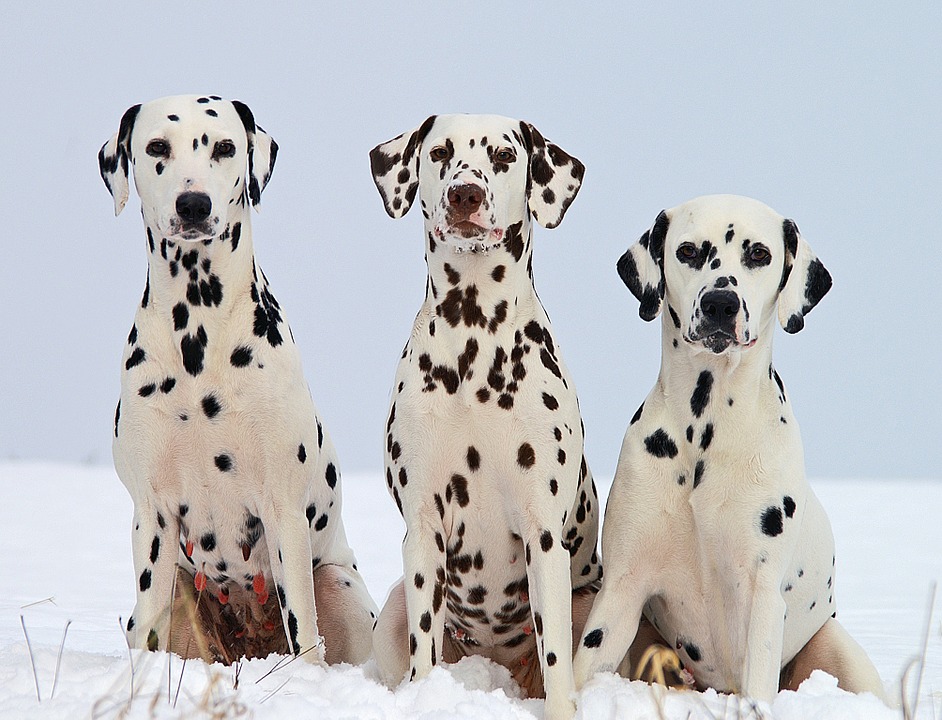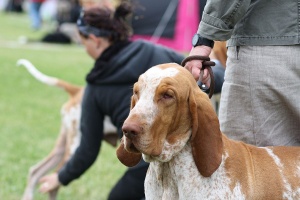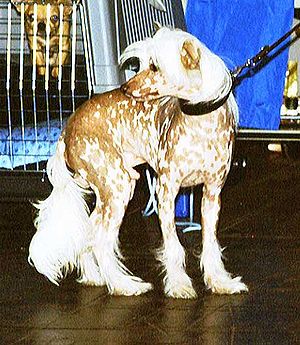 |
| Vital Statistics: |
| Place of Origin: Portugal |
| Group: Working dog, Guard dog |
| Height: males 25-29 in., females 24-27 in. |
| Weight: males 88-110 lbs., females 66-88 lbs. |
| Life span: 9-13 yrs. |
| Trainability: moderate |
| Good with children: yes |
| Good with other pets: only with continued socialization |
What is the origin of the Estrela Mountain Dog?
The Estrela Mountain Dog is an ancient breed, believed to be the oldest dog known on the Iberian Peninsula. The United Kingdom was the first country where the breed was established outside of Portugal. They were developed into today’s dog over a period of many years. Estrelas were little known in the U.S. until pairs were brought over from Portugal in 1972 and 1973.
What does the Estrela Mountain Dog look like?
Estrelas are not massive, but are solid,compact dogs. height for males 25-29 inches, for females, 24-27 inches. Males weigh about 88-110 lbs. while the smaller female weighs in at 66-88 lbs.Ears are small, thin and triangular with rounded tips. They fall slightly back on the head. The tail is carried low and hooks up. There are 2 types of coat, short and long. The short coat is somewhat coarse and thick with a dense undercoat. The long coat is coarse too, thick, lying flat, sometimes wavy with a dense undercoat. Colors are light through dark fawn, brindle, gray, some with white markings or black shading throughout the coat. Face mask is always black.
What is the temperament of the Estrela Mountain Dog?
Estrelas are intelligent and alert. When guarding flocks, they are known for thinking on their feet. They can be stubborn and early training is necessary with a firm but kind hand. Socialization needs to be continued throughout their lives. Estrelas are wary of strangers, but adore children. When they interact with children, they don’t give adults any attention. Estrelas bond closely with their family and are loyal and affectionate with them. An excellent guard dog, they will defend loved ones with their lives.
What are the uses of the Estrela Mountain Dog?
Estrelas are still used as working dogs in Portugal, guarding flocks and keeping predators away. They are also loving family companions, but require owners comfortable with large breeds.
Possible Health Issues
Hip/elbow dysplasia, eye problems, ccl, dilated cardiomyopathy, osteochondrosis, heat sensitivity, patellar luxation, canine herpes virus, obesity, aspermia (infertility).
- Akbash Dog
- Alaskan Malamute
- Anatolian Shepherd Dog
- Appenzell Mountain Dog
- Belgian Malinois
- Boxer
- Burnese Mountain Dog
- Canaan Dog
- Chinook
- Deutscher (German) Pinscher
- Doberman Pinscher
- Dogue de Bordeaux
- German Spitz (Giant, Standard, Toy)
- Giant Schnauzer
- Great Dane
- Greater Swiss Mountain Dog
- Greenland
- Irish Red & White Setter
- Kai Ken
- Korean Jindo Dog
- Kuvasz
- Laika
- Leonberger
- Newfoundland
- Norwegian Elkhound
- Rat Terrier
- Rottweiler
- Saint Bernard
- Samoyed
- Siberian Husky
- Standard Schnauzer
- Tibetan Mastiff
- Akbash Dog
- Anatolian Shepherd Dog
- Black Russian Terrier
- Boerboel
- Bullmastiff
- Burnese Mountain Dog
- Ca de Bou
- Cane Corso
- Chinese Shar-Pei
- Chow Chow
- Fila Brasileiro
- Giant Schnauzer
- Great Pyrenees
- Hokkaido Dog
- Kai Ken Dog
- Kangal Dog
- Karelian Bear Dog
- Kerry Blue Terrier
- Komondor
- Kuvasz
- Mastiff
- Neapolitan Mastiff
- Norwegian Elkhound
- Presa Canario
- Pyrenean Mastiff
- Rafeiro do Alentejo
- Rhodesian Ridgeback
- Rottweiler
- Sanshu
- Shikoku Inu
- Tibetan Mastiff
- Tosa Ken



